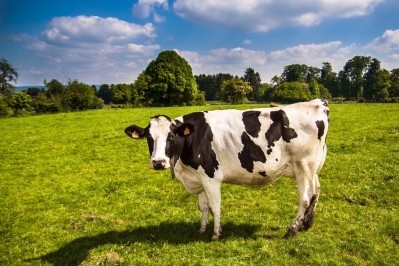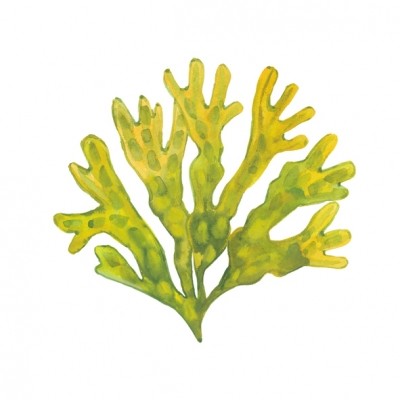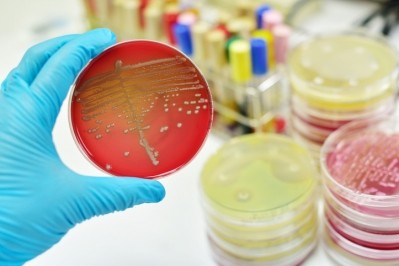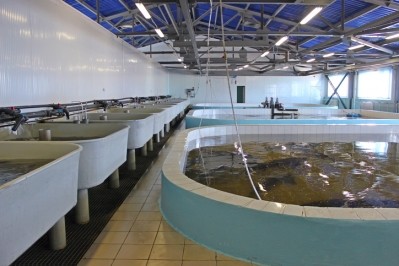Sea kelp: the forgotten supplement?
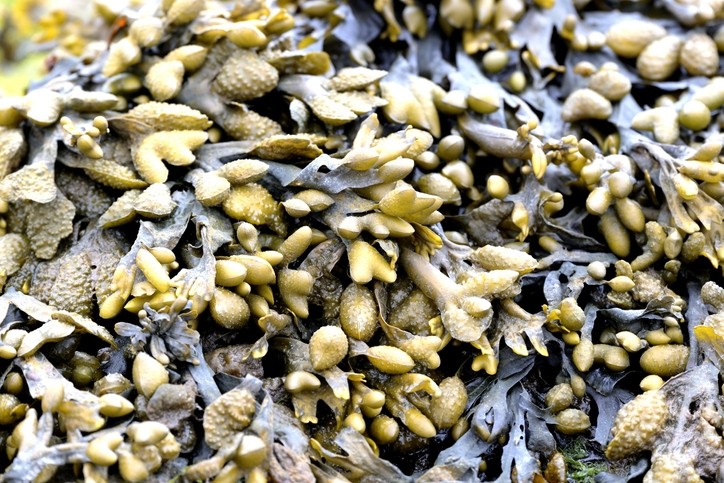
Seaweed production company, Sealac, has this month launched a kelp supplement that was born out of pig farmer Martin Dempsey’s quest for materials that could reduce the use of antibiotics in the herd of 250 sows he looks after for the Costello Group.
Dempsey, who founded the Co Mayo business three years ago, told FeedNavigator: “We were realizing more and more that there was a need to reduce the use of antibiotics in farming. This drove us to look for materials we could use on a pig farm.”
The family farm is located on the west coast of Ireland, where the brown seaweed Ascophyllum nodosum grows in abundance. Ascophyllum nodosum meal contains essential minerals and over 60 trace elements, more than 12 vitamins and carbohydrates that have been shown to benefit the health of animals.
“We knew seaweed has been used for centuries as a feed supplement and that it has plenty of scientific backing, so we started local,” explained Dempsey.
Dempsey looked at what dried seaweed products were already available commercially, but didn’t find anything that met his requirements.
“Either they were too dark in color or didn’t smell fresh enough because they were produced via a high temperature drying process that was damaging the seaweed,” he said.
Slow and low
By drying the seaweed slowly at a lower temperature (28°C), Dempsey succeeded in producing a “fresher, greener product”, which he milled into a powder and started feeding to his sows as a 1% inclusion.
“Our observations were that, after time, the health status of the pigs was improving. Farrowing sows had better appetites, piglets were being born healthier and hardier and we noticed a reduction in mortalities. The use of antibiotics was reducing and after two years, the unit was antibiotic free,” said Dempsey.
“I wanted to give other farmers the opportunity to see the benefits I was seeing.”
The next step to bringing the dried seaweed to market was to build a drying system. It took 18 months of development, but now, the company has a facility with a capacity of 20 metric tons.
“We have enough capacity to fulfil current orders and potential to increase. If needs be, we could produce 400-500 metric tons per year,” said Dempsey.
Sealac claims its process maintains the cell wall of seaweed which is composed of several polysaccharides such as alginates or fucoidans. It says these carbohydrates appear to stimulate the growth of healthy bacteria in the digestive system, develop mucin secretion and enhance the immune systems of animals.
Although the on-farm trials have been in pigs, the first product to market (this month) is for dairy calves. Branded ‘Good Gut Health’, the supplement is added to a milk replacer to “stimulate gut health and wellbeing in very young animals”.
Sealac said it plans to launch a second product - Electrolyte Plus - a seaweed based oral rehydration treatment for calves, foals, piglets and lambs.
Doing it for the farmers
Despite global interest in its products, Sealac is currently selling direct to other Irish farmers and has little interest in becoming anything other than a supplier to the domestic market.
“We have sold worldwide – last year we sold to 11 different countries – but when I researched the companies who were buying it, it brought it home to me that it wasn’t even Irish farmers who were using it. I know it will take a while to do – and we’re not scientists – but I believe this product should be made available to all Irish farmers. It’s natural, it’s organic, it’s not created in a lab…we think it’s the forgotten supplement.”
But Sealac does have targets for growth and Dempsey has been joined in the business by his wife, Mhairi, and daughter, Jennifer, to realize those ambitions.
“We know the dairy herd in Ireland is 1.4 million cows. So if, by the end of year two, we could reach 10% of that market, that would be massive,” he said.
